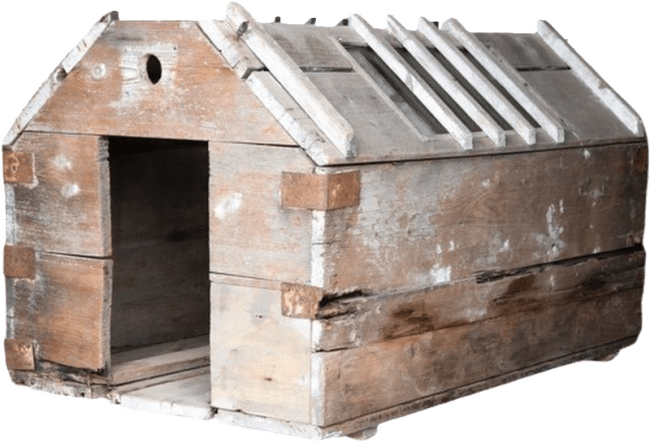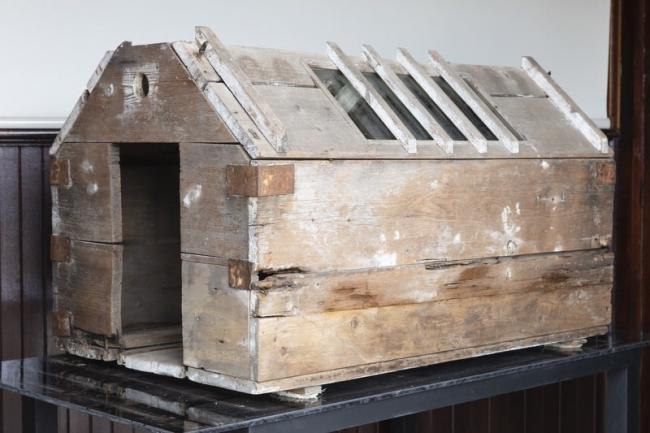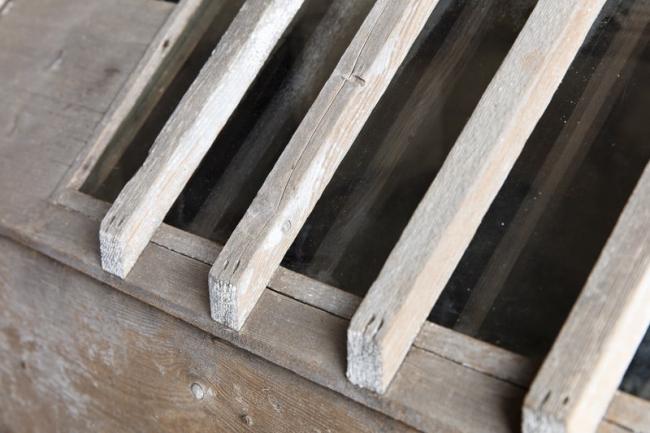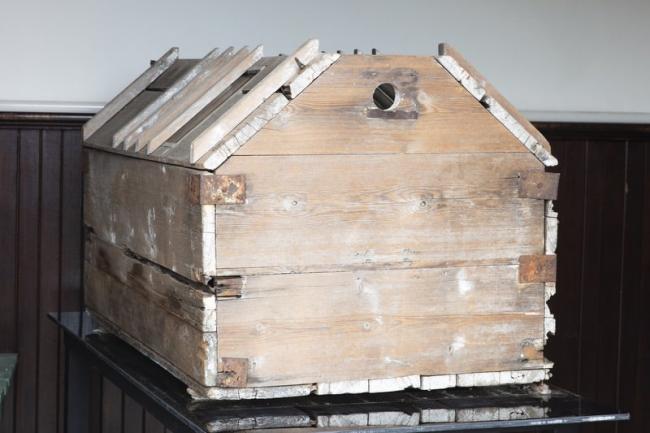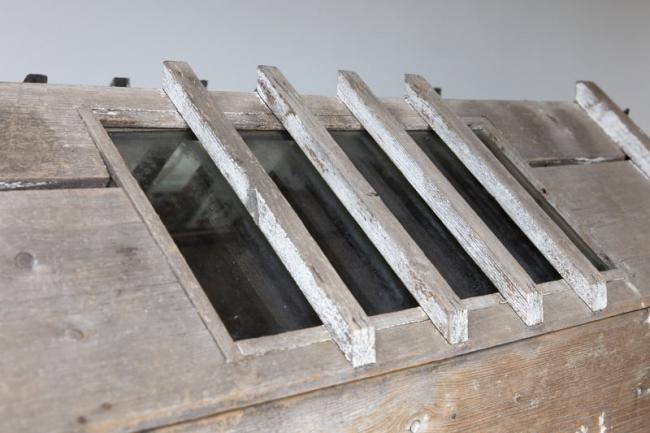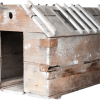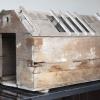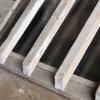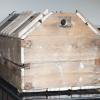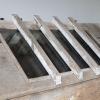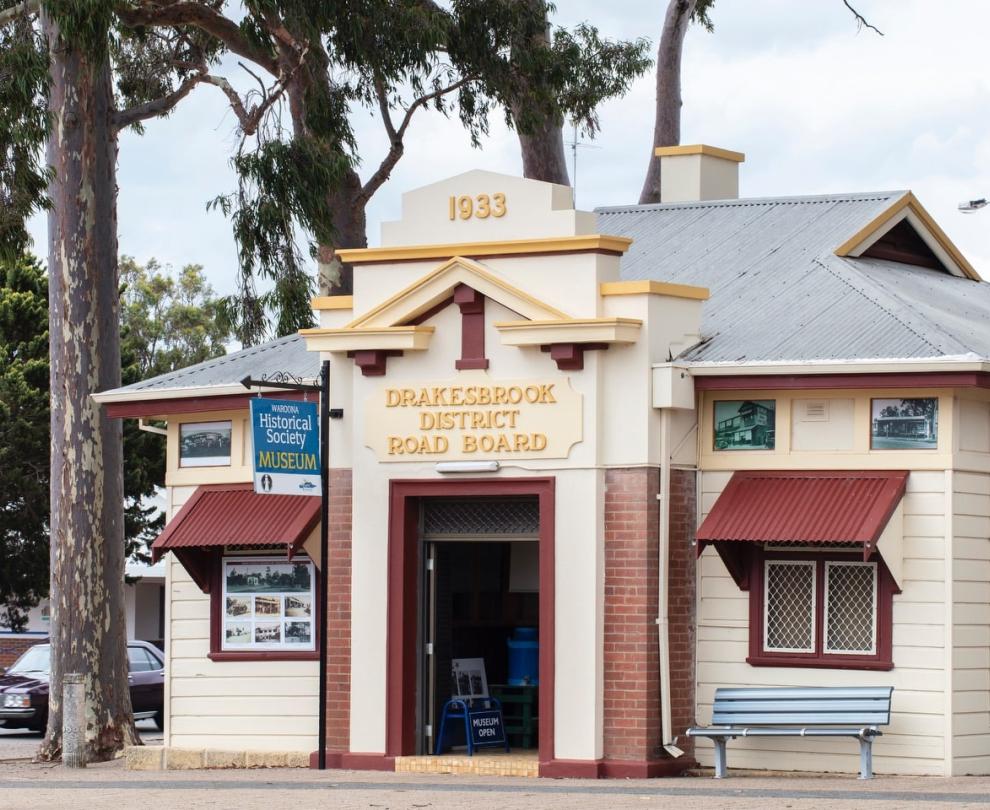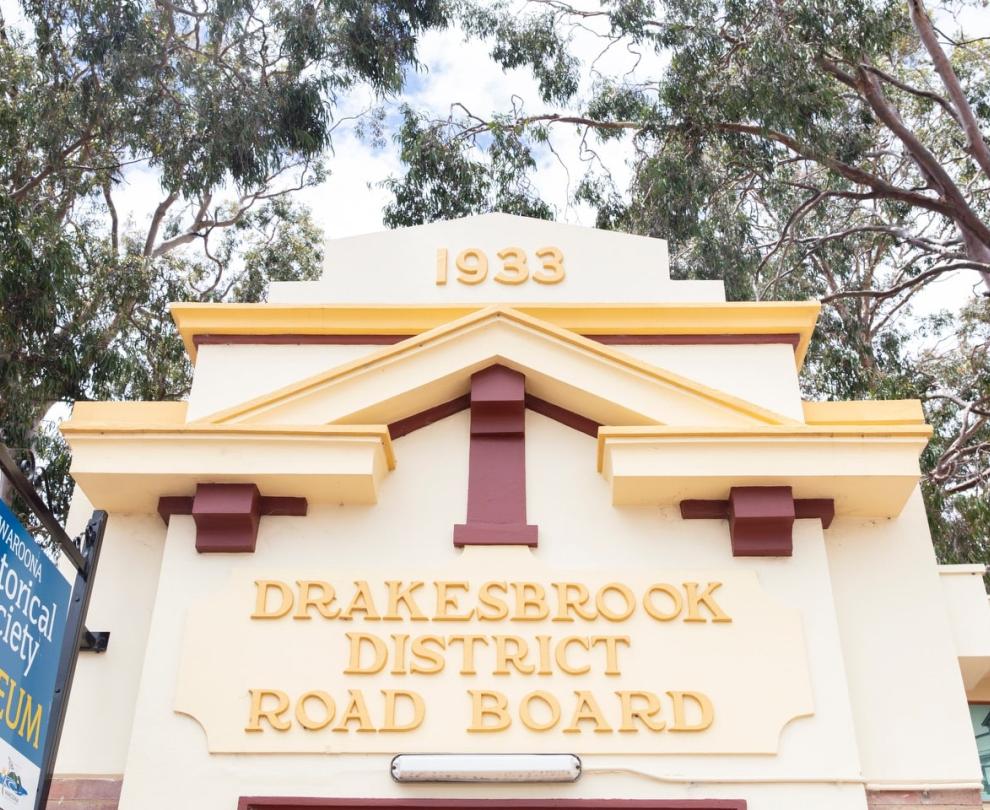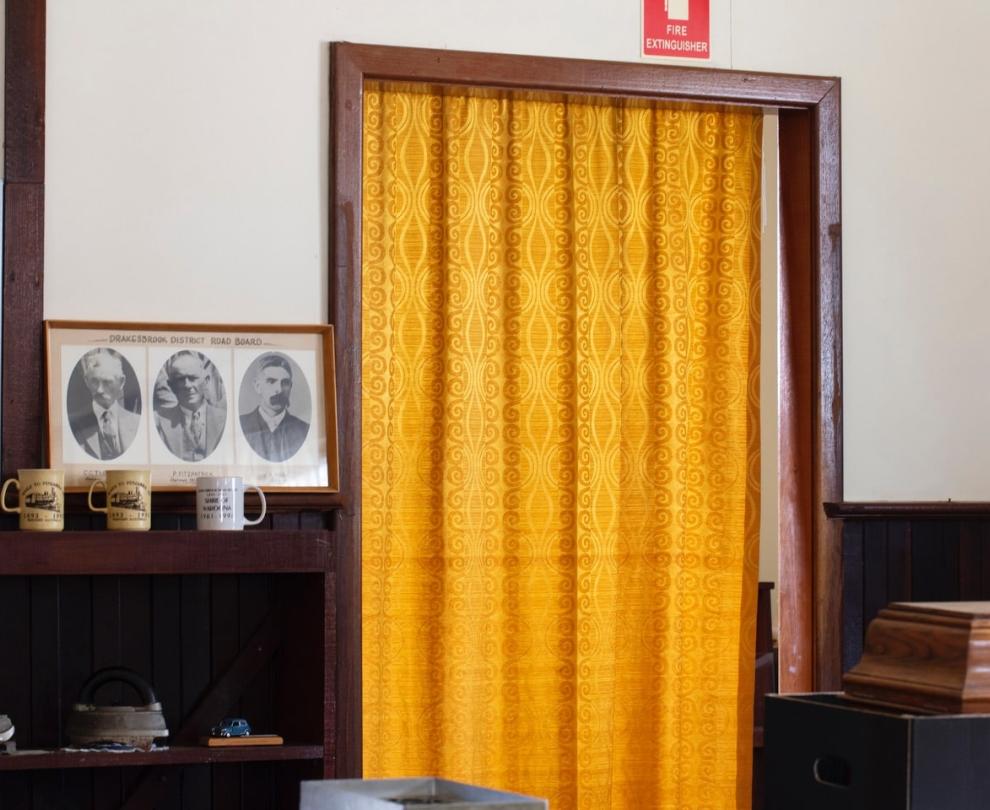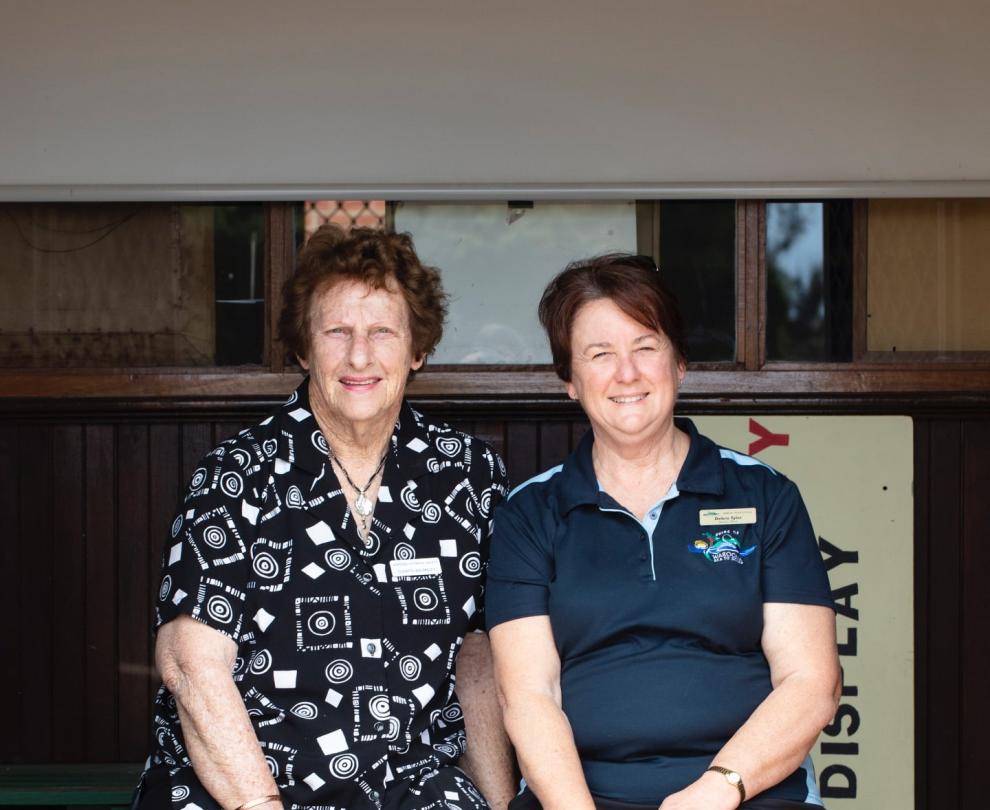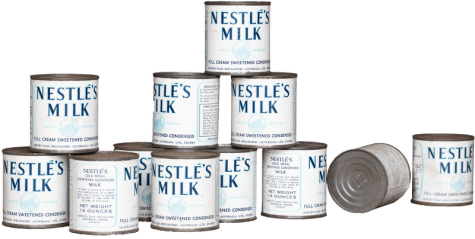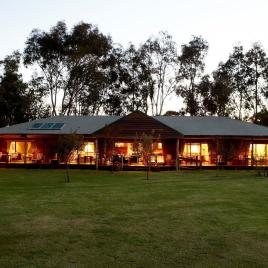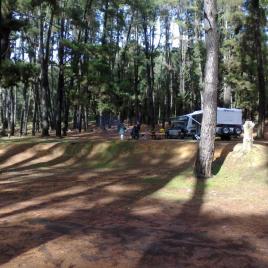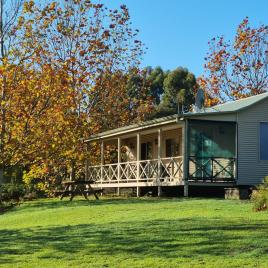Wardian Case
At first glance it would be hard to guess that this humble wooden box was rare and important. In fact this seemingly simple structure, known as a Wardian Case, transformed landscapes. Amazingly, this is the only known example in Australia. What is a Wardian Case? It is a wooden and glass structure used to transport plants around the globe. It is named after its inventor Nathanial Ward, an English doctor and plant lover, who in 1829 discovered by accident that plants could survive and grow when fully enclosed in a glass structure. The transportation of plants on ships required the structure to be more sturdy than glass, so wood was used for the main body of the case and glass for roof sections. The sealed case created its own microclimate enabling plants to not only survive the sea journey, but thrive. Exotic plants of all sizes were brought to Australia and Australian native plants were sent from Australia to botanists and nurseries around the world. This Wardian Case was used by the Hamel Nursery, which was a State-run nursery which opened in Hamel, near Waroona, in 1897 and continued until the 1960s. The Hamel Nursery provided trees for Kings Park, pine plantations around Perth and plants for all government developments. After the Hamel Nursery closed, this special piece of history was repurposed as a dog kennel. Fortunately a local resident was aware of its significance, and in 2014 it came into the Historical Museum’s Collection. There are only a small number of Wardian Cases known to still exist, and these are in Europe, with six, for instance, at The Royal Botanic Gardens,Kew, in England.

